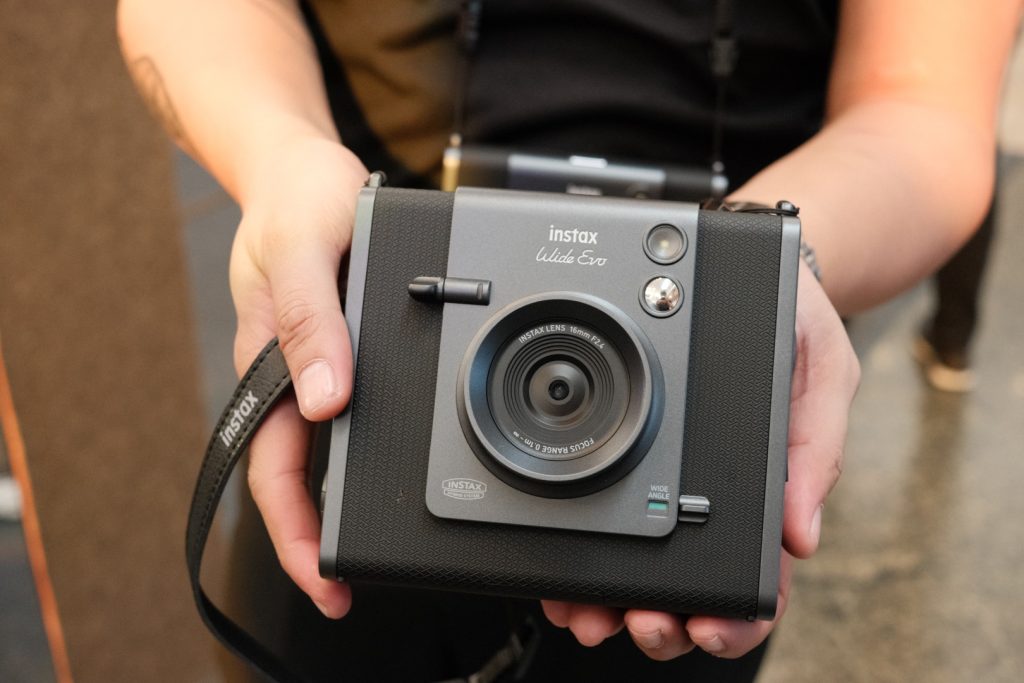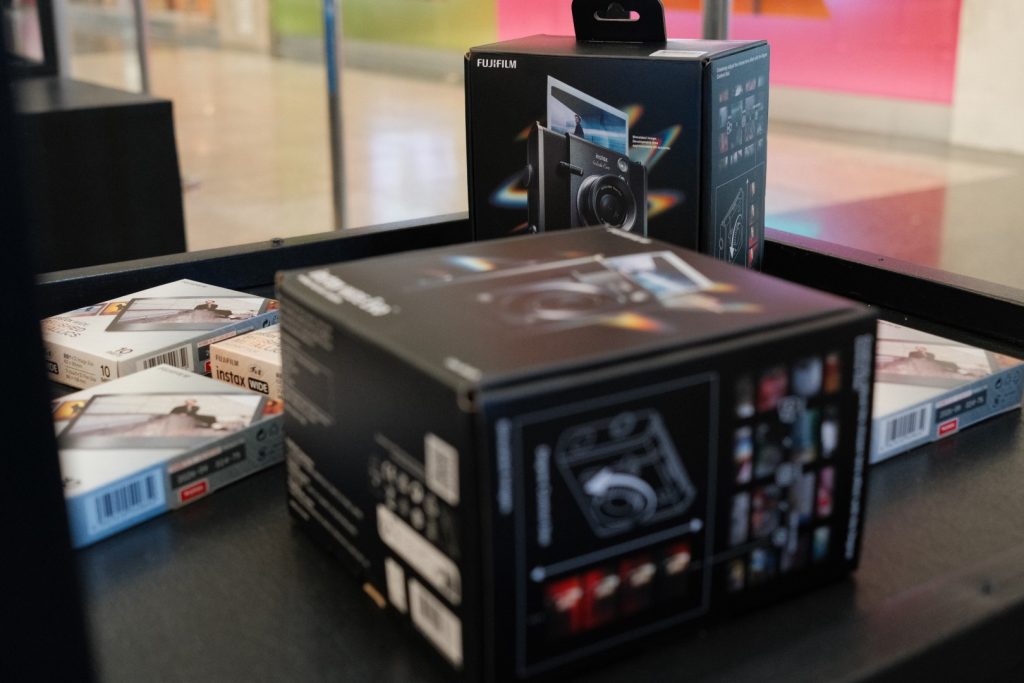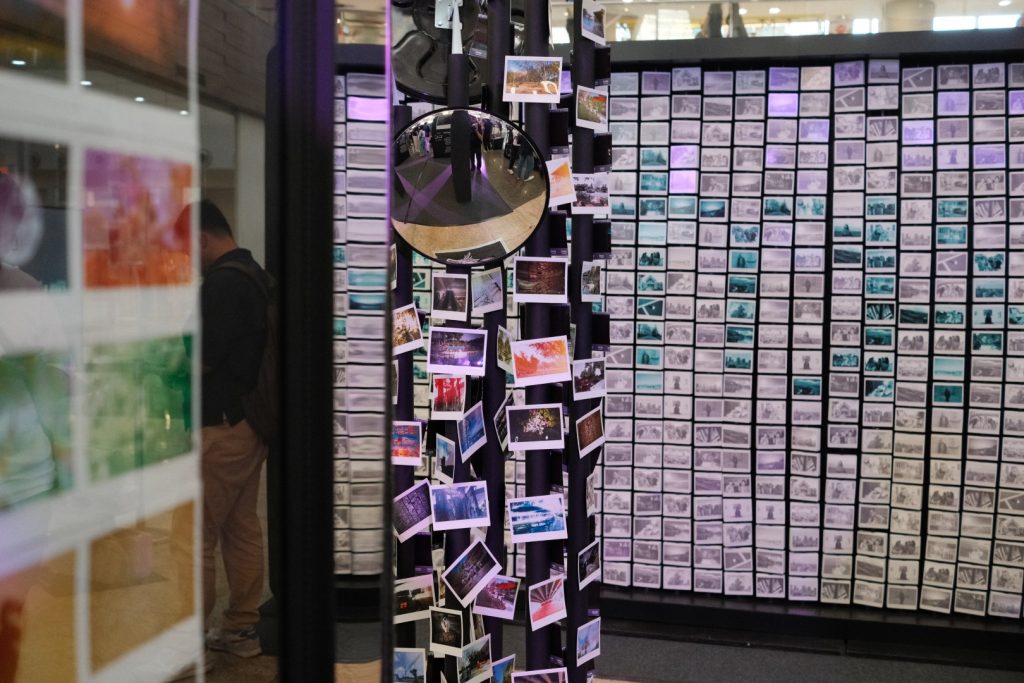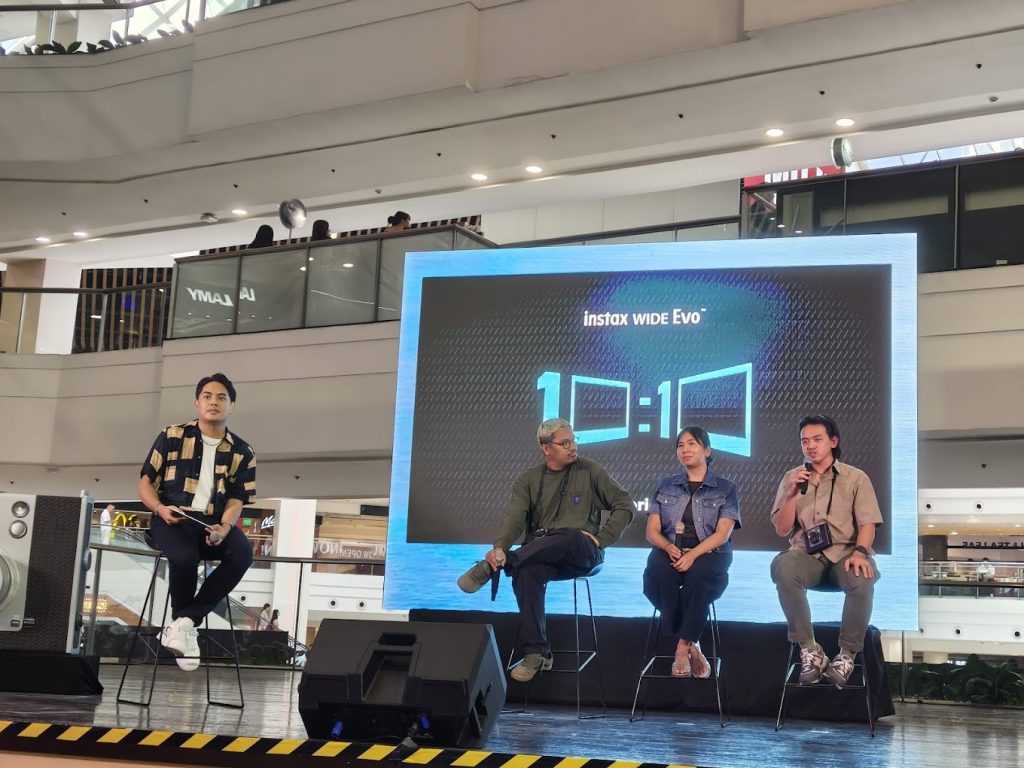Priced at P22,599, the instax WIDE Evo is now available at Fujifilm authorized dealers nationwide.
@barpoinsettia #instaxwide #InstaxWideEvo #Fuji #FujiFilm ♬ Manifest (with Novet) – ALIGN & Novet
There’s something about instant cameras that tug at nostalgia — that satisfying crank of a dial, the whir of a print sliding out, the excitement of waiting for an image to reveal itself. Fuji knows the power of nostalgia and has incorporated this into its latest WIDE Evo model. Akin to the old school bulky cameras with long straps, it also comes with a crank that, when turned, prints out a photo similar to how we used to wind a roll of film back in the days of film.

Last weekend at Glorietta, Fujifilm Philippines tapped into that magic again with the launch of the instax WIDE Evo™, their newest hybrid instant camera that promises bigger frames, wider stories, and a little more soul in every shot.

A Wider Canvas for Your Memories
Following the success of the instax mini Evo, the instax WIDE Evo steps things up — literally widening the lens (and the possibilities) for photography enthusiasts. It’s a hybrid instant camera, which means you can snap photos, preview them on the LCD screen, and choose which ones to print. Or, you can even use the WIDE Evo as a smartphone printer on the fly.

But what really got everyone buzzing was the creative control packed into this device. With 10 lens effects like “Magenta” and “Monochrome,” and 10 film styles like “Light Leak” and “Color Gradient,” you can mix and match up to 100 shooting styles. Plus, for the first time in the instax™ series, you get Degree Control — allowing fine-tuned adjustments to light and color gradation with 100 levels of precision. It’s analog craftsmanship meets digital finesse, wrapped in a sleek body that combines black accents with metallic finishes.

It’s the kind of gadget that doesn’t just take pictures—it invites you to craft them.
Wider Stories, Bigger Dreams
The real highlight of the launch, though, was the artistry on display. Four powerhouse Filipino photographers — Jilson Tiu, Aya Cabauatan, Geloy Concepcion, and Issa Barte — unveiled personal exhibitions shot using the instax WIDE Evo, proving that a larger frame can capture much more than just wider scenery; it can capture wider emotions.

Jilson Tiu‘s series, “Finding Home,” explored identity and the transient feeling of belonging, documenting his journey through various cities and the notion that home isn’t a place—it’s the people and memories we anchor ourselves to.
Aya Cabauatan took us on a poetic journey back to her roots in “Pag-uruli: Where the Horizons Meet,” blending the slow stillness of provincial life with the hustle of the city. Her work felt like soft echoes of homecomings — the kind you don’t even realize you’re yearning for until you’re standing still, wide frame in hand.
Meanwhile, Geloy Concepcion‘s “Moments to Memories” was a tender look into fleeting time spent with family in between his constant travels. His photos weren’t grand productions; they were gentle reminders that sometimes, the most meaningful memories are found in the mundane.
And then there was Issa Barte, weaving history and humanity in her exhibit “Heritage of Humanity.” Her work from Vietnam served as a visual meditation on memory — reminding us that remembering isn’t just about the beautiful moments, but about honoring everything we’ve lost and learned along the way.



